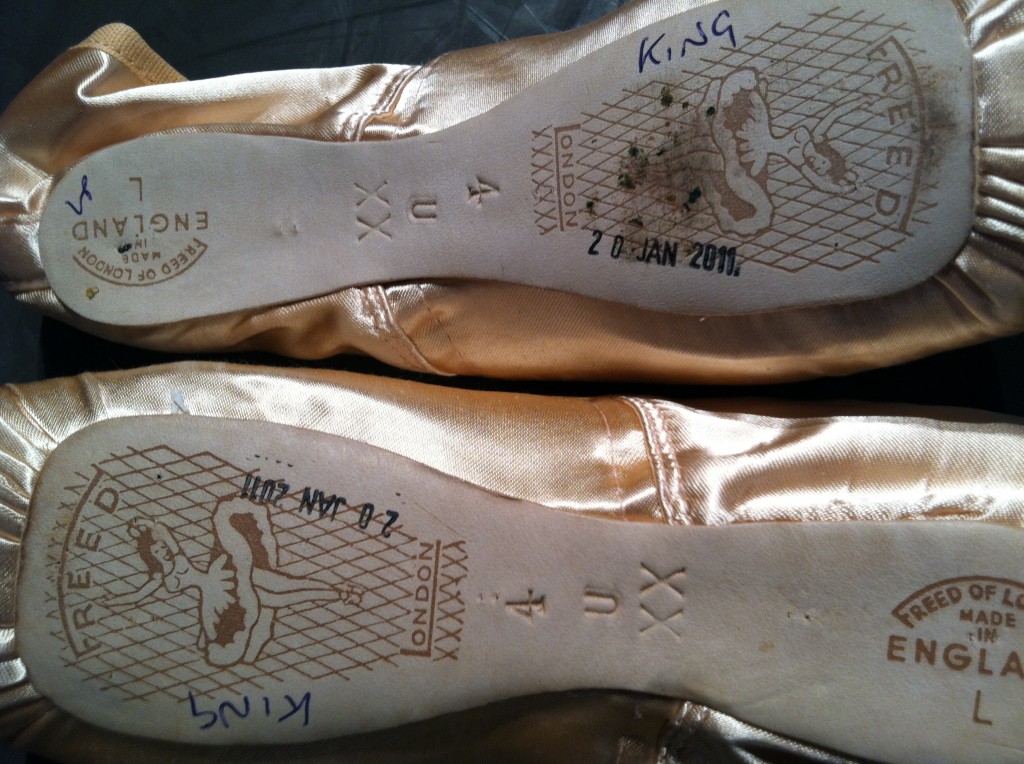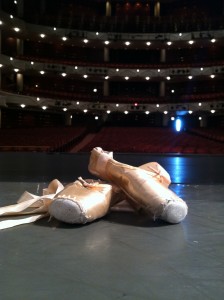Next in our “Student Spotlight” series, meet Charlotte Jeffery…

1. Can you tell readers how you became involved (and continued to be involved) with dance?
The start of my dance love affair began with ballet. Like hundreds of thousands of little girls across the world, when I was four, my Mum asked me if I wanted to do ballet, I said yes and it spiraled from there.
I began my ‘training’ (if we can call it that) in a drafty school hall with good toes, bad toes and winning little silver cups for my brilliant portrayal of a Siamese cat. I took all my ballet exams, and jumped around from syllabus to syllabus, I even spent one summer school at the Royal Ballet School, at White Lodge and was a Junior Associate of the Arts Educational School in Tring.
I was a ballet girl for a very long time (and still am in reality) but started contemporary when I was twelve or eleven – this incredibly cool teacher came to teach at our school (where we had dance as part of the curriculum) and introduced contemporary to all of us.
It was only natural therefore that when I continued dancing into GCSE and A level that I would take it higher into degree level. I have just graduated from Middlesex University with a 2:1 in Dance Studies.
While I was there I had the most incredible opportunity to study abroad. I traveled to the east cost of the USA, to Goucher College, in Baltimore where I stayed for four months and continued to train. I can honestly say now, that although it was one of the hardest four months of my life, emotionally and physically, it was also one of the best!!
Training in the states opened up yet more options for me and more choices for career paths. I trained in aerial dance (very scary but amazing) took contemporary, ballet, pointe work, a very intense choreography course and even got to work with some underprivileged children in the poorest area of Baltimore helping them to learn how to read and write by using movement as a tool for learning.
Now as a recent graduate I have decided to take the freelance route. I feel that there are far too many options for me, and I want to do so much, that I’m going to try and do it all; I call myself a freelance teacher, writer, community artist, dancer, arts administrator, choreographer… and the list is growing!
This has meant that even since I’ve graduated I’ve written reviews for up and coming companies, am currently in rehearsal for the opening ceremony of the Paralympics (29th August 2012), I have taught workshops at primary schools, and as of this week (until about Christmas time) I am working at the Royal Ballet School as an Interim Development and Publicity Coordinator. (See I told you I was a real ballet bod at heart!) As of September I will add a new title to my belt, Artist in Residence, at a school in Buckinghamshire teaching lots of the extra curricular dance and some admin there too.
2. What do you find you like best about dance class? [Read more…]










